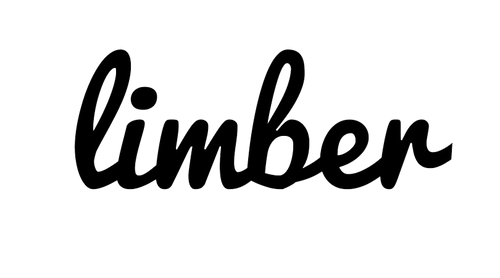Unhelpful beliefs about Low Back Pain (LBP) are associated with greater levels of pain, disability, work absenteeism, medication use and healthcare seeking (Main et. al. 2010). Unhelpful beliefs are common in people with and without LBP, and can be reinforced by the media, industry groups and well-meaning clinicians (O’Sullivan et. al. 2019).
This is what prompted us to create the Limber Back Pain Facts Quiz. An educational and fun way to help you separate fact form fiction when it comes to back pain, based on the science. Haven't done the quiz? Do it here.
If you find it helpful please share amongst your workplace and family, and you can sign up to our newsletter here.
True or False?
Q1. "Low back pain is youth leaving the body". Getting old is a cause of low back pain and it gets worse with age, becoming persistent in later lifeThis question is required.
A. False. Getting older is not a cause of back pain.
Research does not support the notion that age causes or worsens back pain. In fact, most back pain gets better with age and evidence based treatments can help at any time.
Q2. Low back pain can be scary, but it's not life-threatening and although it can be very painful it’s hardly ever serious 🚑
A. True. Low back pain can be scary, but it's not life-threatening and it’s hardly ever serious (medial emergency).
Almost all low back pain resolves within 3 months and less than 1% of low back pain is serious. We have references and free resources at the end of the quiz if you would like to know more about this 1%.
Q3. Low back pain is caused by poor sitting/standing posture and poor lifting technique.
A. False. Back pain is not caused by poor posture or lifting technique.
How we sit, stand, bend or lift does not predict back pain. It is safe to relax with a round back during everyday tasks like sitting, bending and lifting. This can shock people because it goes counter to out of date health and safety guidelines so you are forgiven for not getting this correct.
Q4. Low back pain is caused by weak 'core' muscles and having a strong 'core' protects you against getting back pain in the future.
a. False. Weak 'core' muscles don't cause back pain.
Building our endurance for lifting is important when lifting is a part of our job or life, but being tense in our core all the time isn't helpful. Relaxing the core muscles during everyday tasks, letting them naturally do their job can be helpful.
Q5. Surgery 😷 injections 💉 and strong drugs 💊 are usually effective to treat low back pain.
A. False. Surgery, injections, and strong drugs are usually not very effective over the long term and come with risks and unhelpful side effects.
Requiring surgery is extremely rare. The best treatments are relatively cheap, safe and find ways to put you in control of your pain.
Q6. I should rest when I have back pain to let my back heal.
A. False. 🤸♀️ Movement is medicine 💊 Keeping active helps our back heal.
With new injuries, keeping moving in manageable ways is important to help your back heal. Gradually you can move and do more.
When pain persists longer than 3 months, it's common that the spine and muscles become sensitive to touch and movement. The pain you feel during movement reflects how sensitive the structures are - not how damaged they are.
It’s safe and normal to feel some pain when you start to exercise. This usually settles with time as you get more active.
Q7. Persistent low back pain (back pain that lasts longer than 3 months) is always due to serious tissue damage 🤕
A. False. Backs are strong 💪 Persistent back pain is hardly ever due to serious tissue damage.
When you have an injury, tissue healing occurs within three months, so if pain persists beyond this, it usually means there are other contributing factors (e.g. stress, fatigue, inactivity, false beliefs). This fact often surprises people.
Q8. Most findings on lower back MRI scans/x-rays (like arthritis or degenerated discs) are very common in people without back pain.This question is required.
A. True. Most findings on scans/x-rays are very common in people without back pain.
Scans hardly ever show the cause of back pain. They can't predict how much pain you feel, and won't improve how fast you recover. Scans are useful at very specific times - like after a traumatic accident if there's concern of a fracture.
Q9. Pain flare-ups are a sign of tissue damage and a signal you require rest.
A. False. Pain flare-ups don’t mean you are damaging yourself.
While pain flare ups can be very painful and scary, they are usually related to things like poor sleep, stress, low mood, or inactivity, not tissue damage. Keeping calm during a flare up and controlling these factors can help prevent or minimise flare-ups.
Q10. Backs wear out with everyday loading and bending.
A. False. Backs don't 'wear out' with everyday loading and bending.
The same way lifting weights makes muscles stronger, loading and moving make the back more robust and resilient. So activities like running, bending, twisting and lifting are safe if you start gradually and practice regularly.
That is the back pain quiz question and answers. The chances are that this has provoked some thinking and potentially more questions. Comment below and let us know how you found it. Please share with your friends and family if you found it useful.
About Limber
Back problems are the;
- #1 Cause of disability in the world
- #1 Cause of lost workplace productivity
- #1 Cause of income poverty
At Limber we are on a mission to halve global back pain disability by 2050. Join the journey by signing up to the newsletter here.
Article References:
- Main, C.J., Foster, N. and Buchbinder, R. (2010). How important are back pain beliefs and expectations for satisfactory recovery from back pain? Best Practice & Research Clinical Rheumatology, 24(2), pp.205–217. doi:10.1016/j.berh.2009.12.012.
- O’Sullivan, P.B., Caneiro, J., O’Sullivan, K., Lin, I., Bunzli, S., Wernli, K. and O’Keeffe, M. (2019). Back to basics: 10 facts every person should know about back pain. British Journal of Sports Medicine, [online] p.bjsports-2019-101611. doi:10.1136/bjsports-2019-101611.


